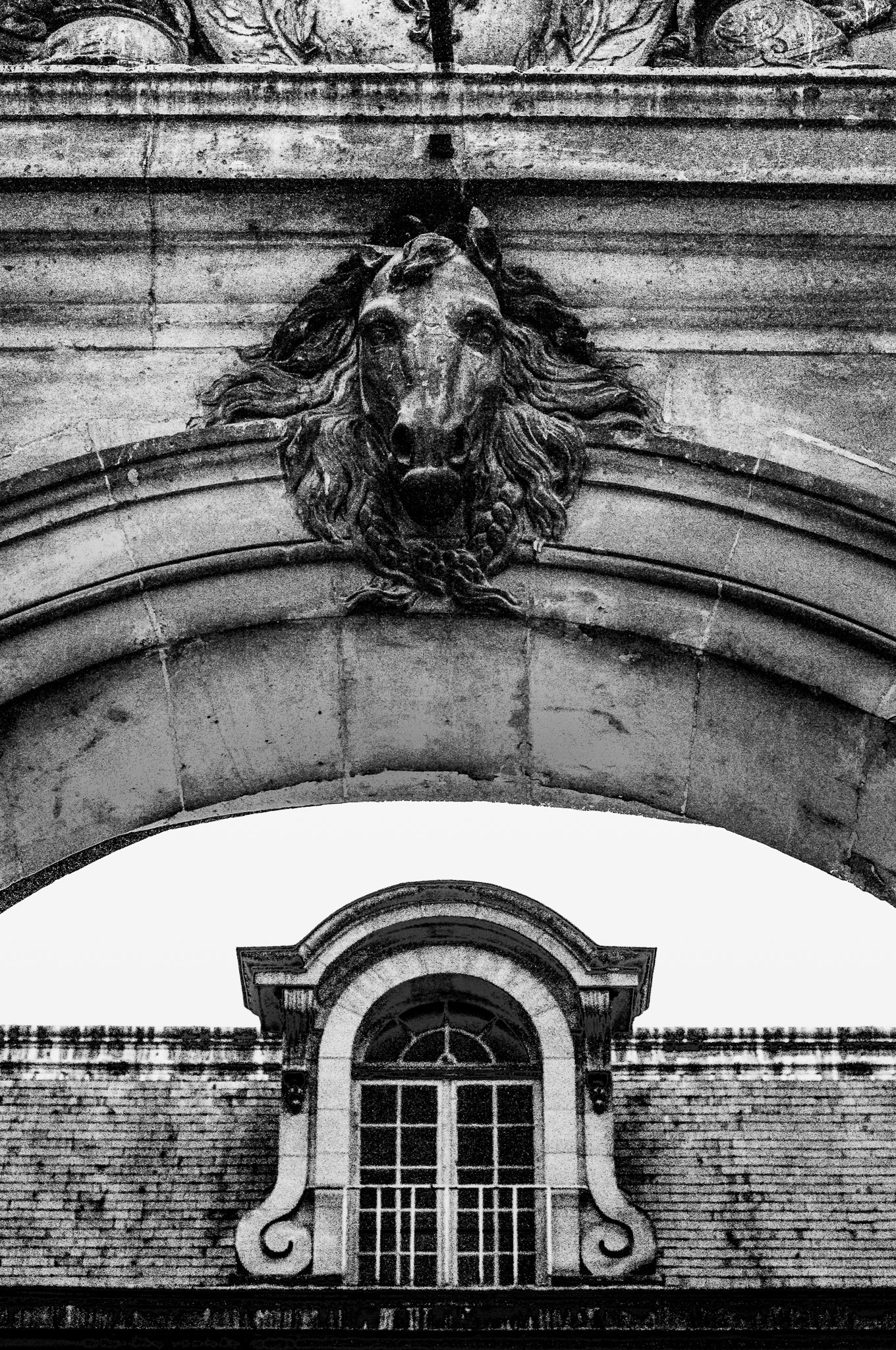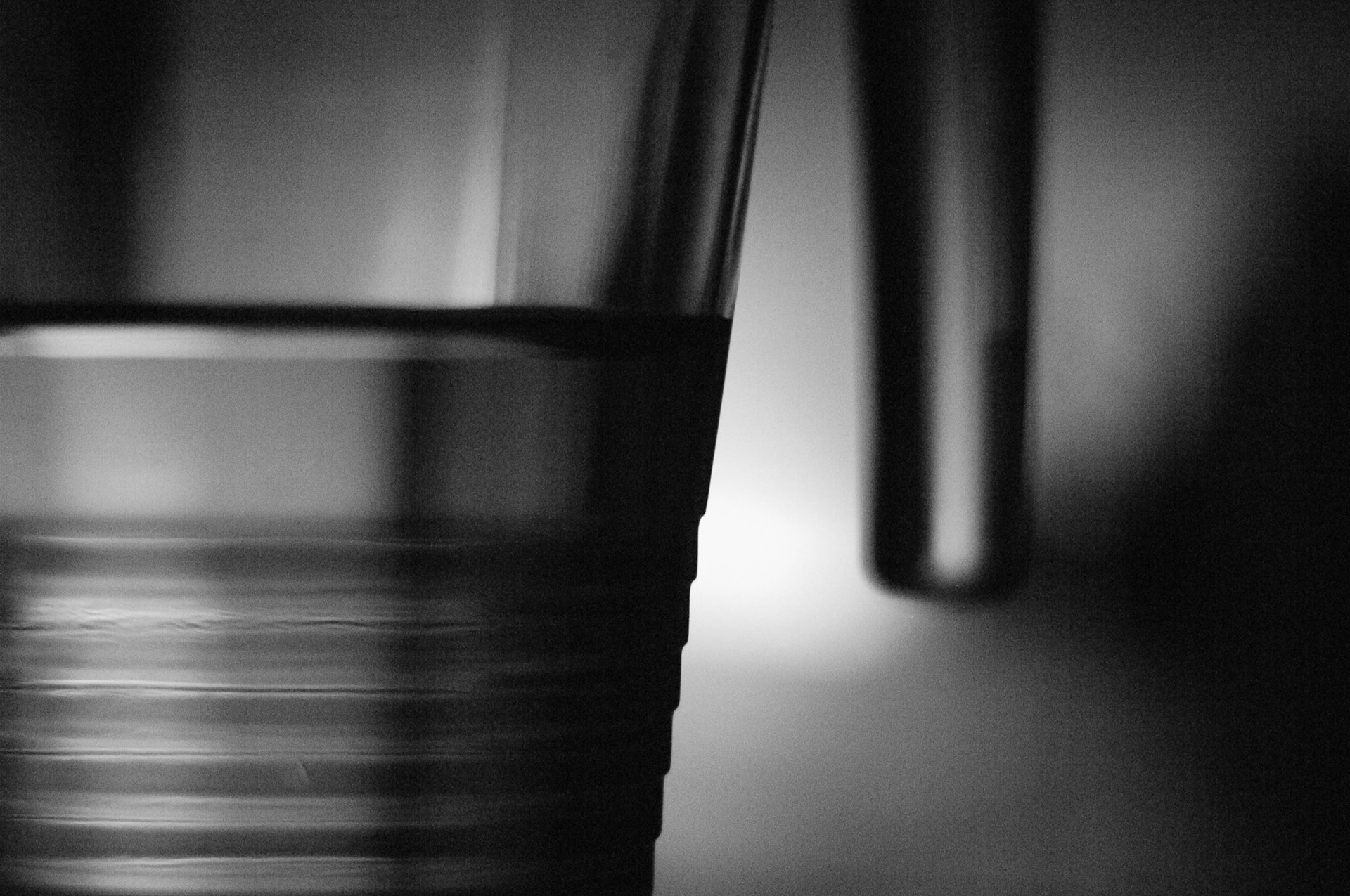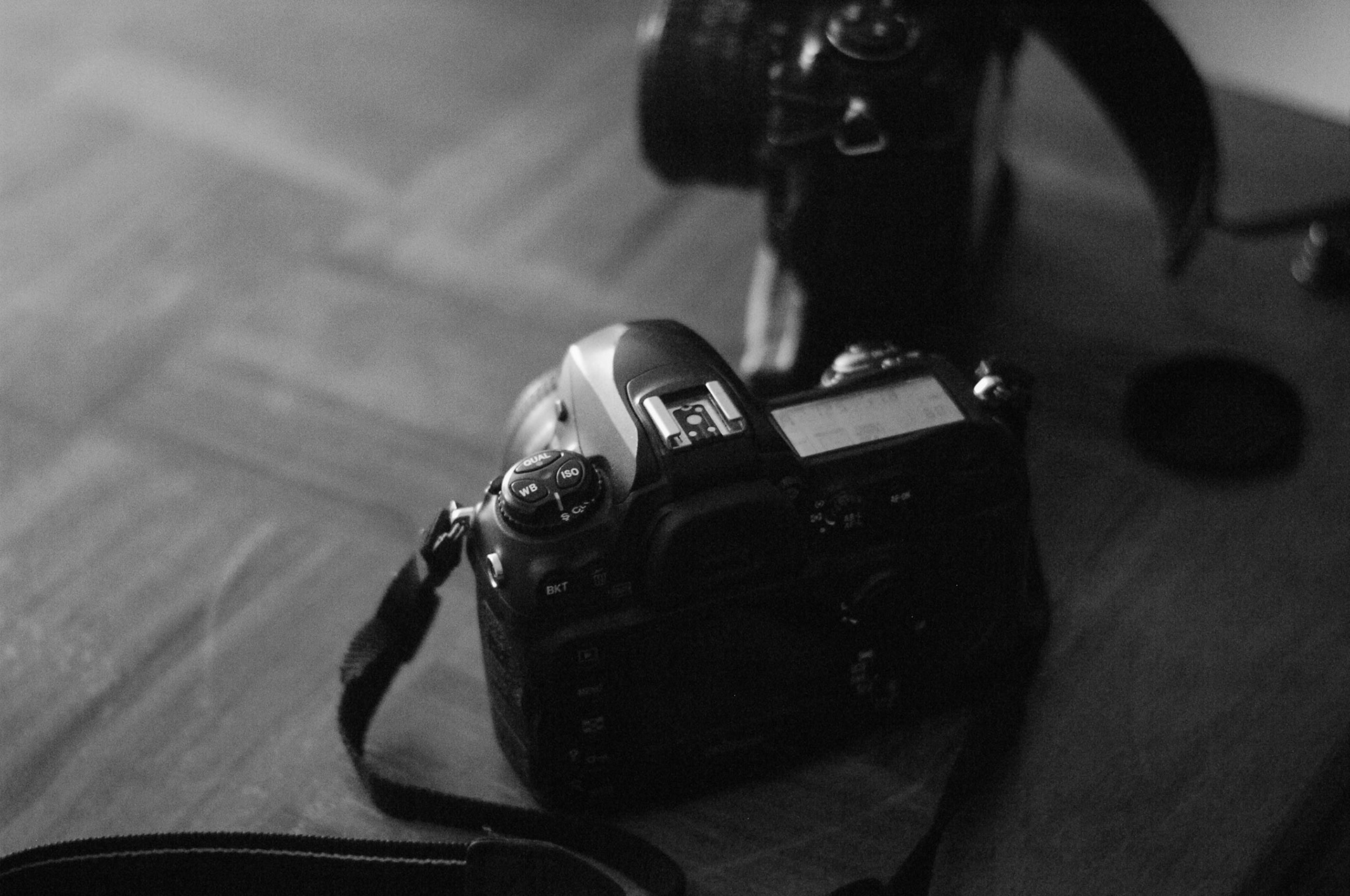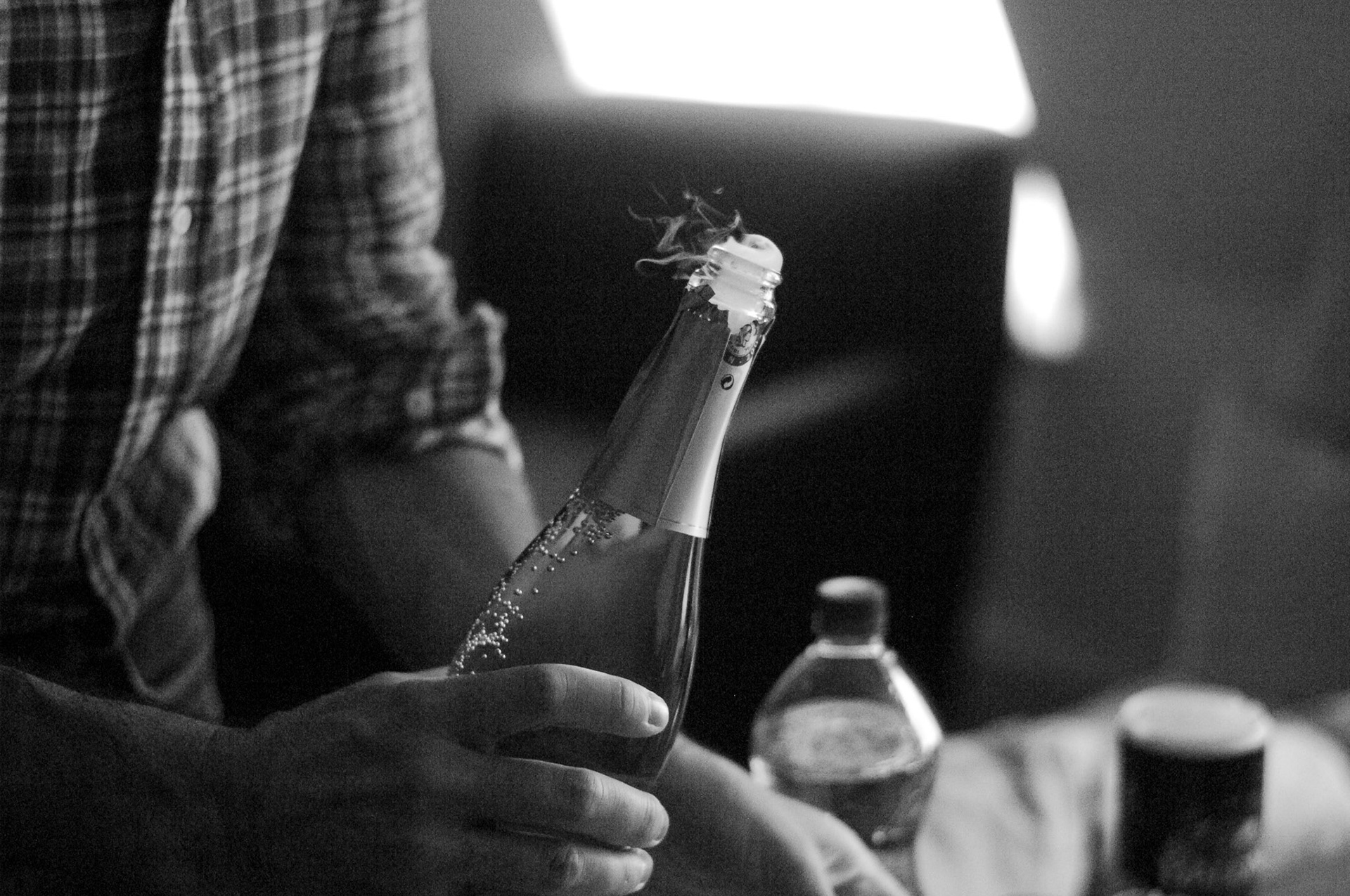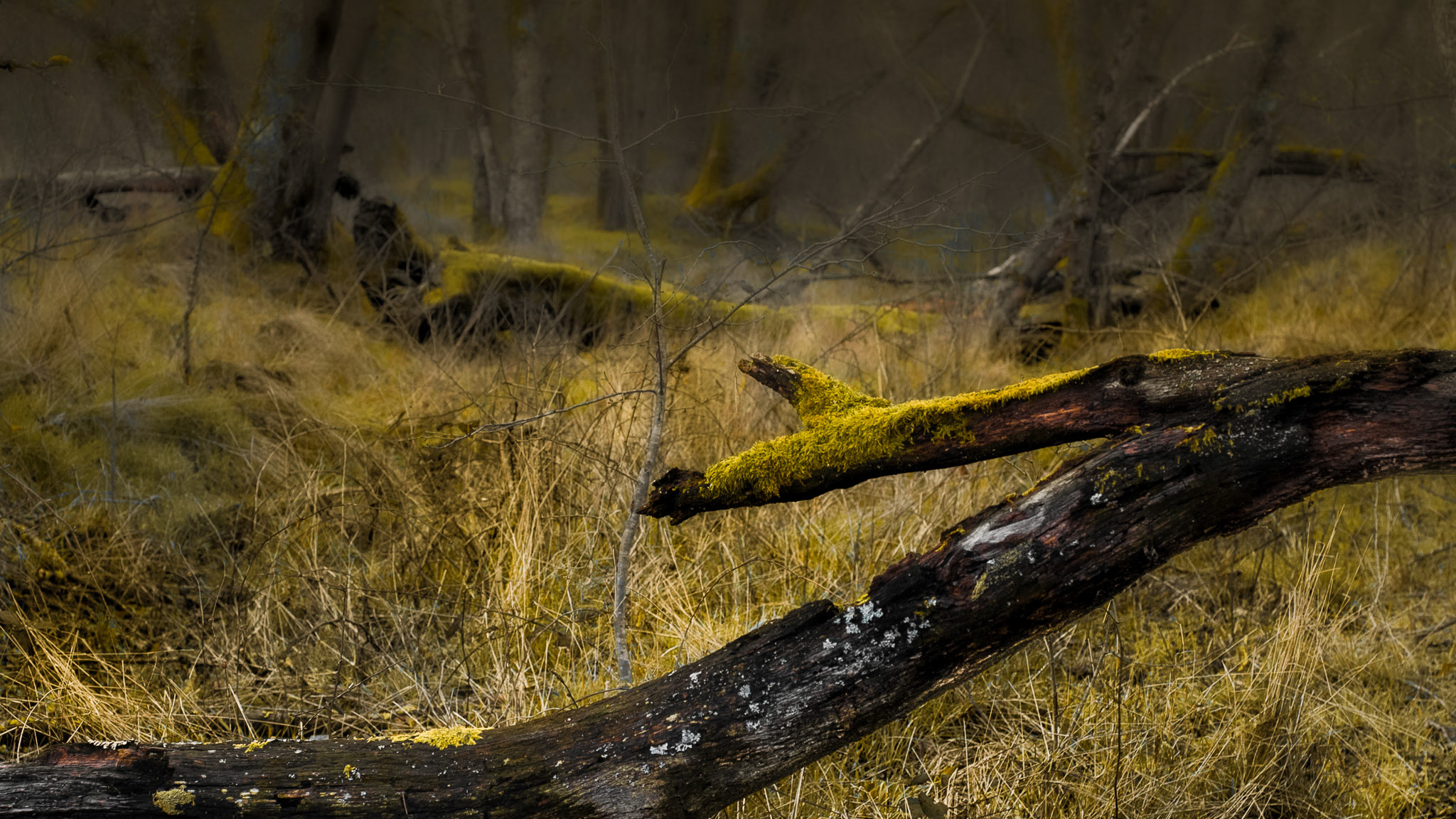I don't really shoot film anymore, even if I know I should. But it just seems I accidentally discovered an easy way to emulate quite closely the look of the Tri-X pushed at 3200 in camera (and also another way to emulate very closely the Fuji Acros Neopan 100, but that is another story).
The photo above was on Kodak Tri-X 400 pushed to 3200. Nikon F3, Nikkor 50mm F\/1.4. Scanned on Epson V750. This is the last photo I took with the Trix-X, a few couple years ago. That was a low res scan that quite killed the grain.
For many reasons, I'm not yet ready to invest again in a film setup, but I'd really like to get a rendering that is close enough without the hassle of having to use some film simulation plugin or software.
For the kind of photography I'd shoot with the Tri-X, SOOC jpegs seems to be the way to go: there is some irremediability in this way of shooting that actually fits what I was doing on film. No way to recover any burnt highlights or shadows, no way to change the grain. Exposure has to be nailed in camera, and the only post processing can actually be some very slight histogram adjustments: exactly what I was doing in the lab. (I know highlights recovery was very doable with film, but it was, to me, a real hassle and waste of time; definitely not a funny task).
So, I was playing with the D2Xs and for some reason I set it up for SOOC black and white jpegs, shot a few things at various ISO, especially high ISO, and I noticed on the tiny screen that the grayscale conversion was quite familiar. I inspected those photos at 100% on my computer, and it definitely was very familiar.
It just looked like how I remembered the Tri-X pushed at 3200: the way colors are converted is close enough, the contrast is quite similar, so is the dynamic range, and the grain is something in between the fat Tmax 3200 grain, and the slightly finer Tri-X grain when pushed.
There is even something that kinda looks like the film halation effect on the Tri-X, with a subtle diffuse halo around bright highlights.
Of course, it is NOT a perfect technical simulation, but the general mood, to me at least, is definitely close to what I used to get from this film. I think it's actually better than the simulation softwares: especially the grain simulation, never really convinced and was far from what I got from the film.
After those first tests, I slightly adjusted the custom rendering curves in the D2Xs. That old camera actually allows 3 user custom curves. That was neat at the time. It still is. I think the contrast is now a bit closer to the Tri-X especially in the mid tones. I can't do anything about color sensitivity in camera, but I'm quite happy with it anyway. I even created a curve that allows a near perfect (in my opinion) emulation of the Fuji Acros Neopan 100 when shooting the D2Xs between 640 and 800 ISO, but that for another story.
It is to me very convenient, and offers some interesting new (old) shooting options.
It feels like shooting film, and the end result is convincing enough.






